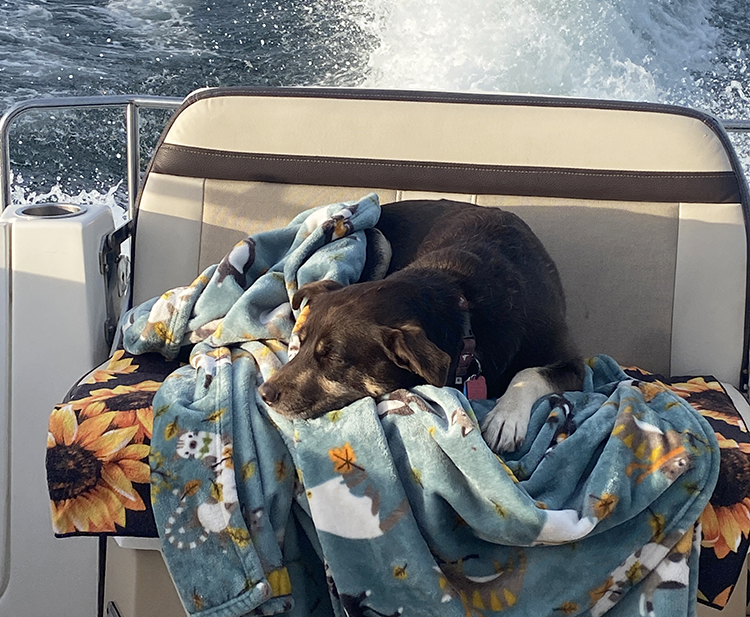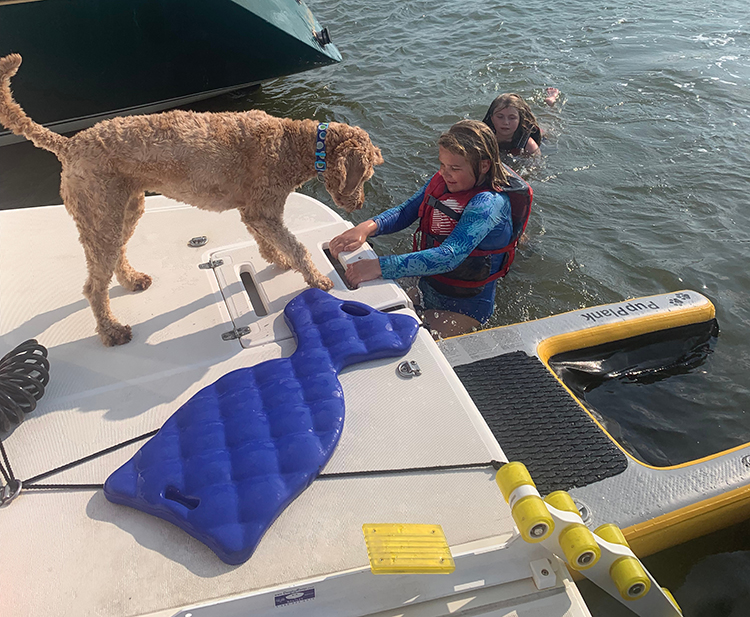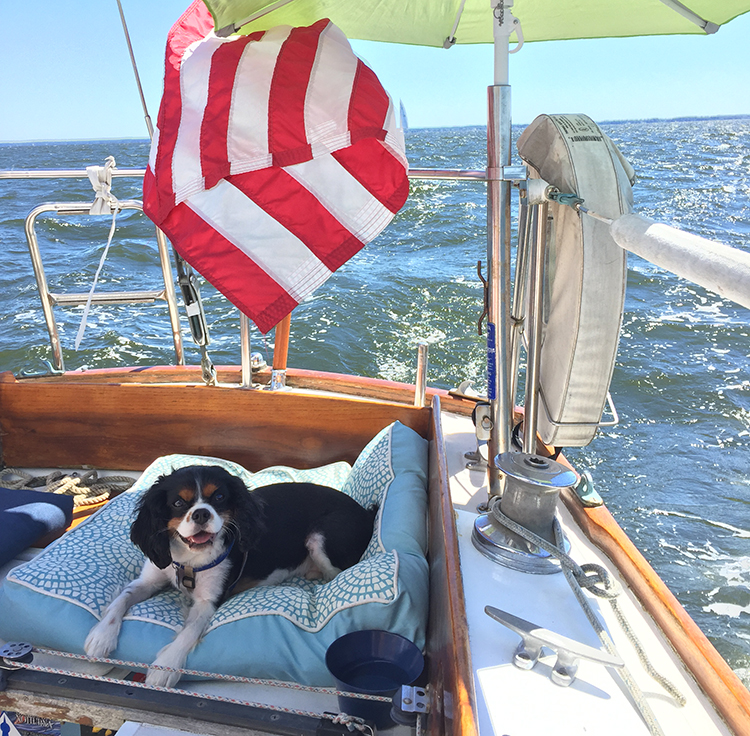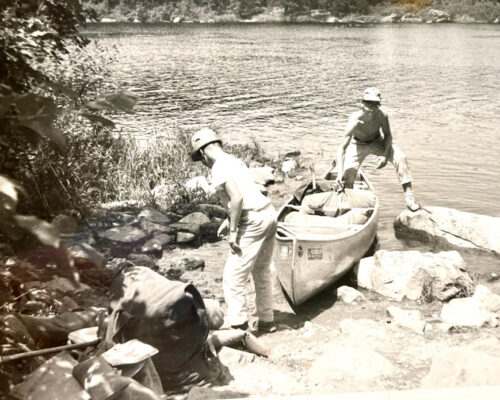It’s hard to leave your pet at home when you go cruising. Dogs are hard-wired to be beside us all day long, and bringing your animal along when you go cruising is a great way to make your time on the water more enjoyable.
Being on the water adds another level to responsible pet parenting, however. It’s worth it to plan ahead and take the guesswork out of bringing your pet on board so that you can enjoy your time without worry. Here are some ideas to keep in mind before you shove off.
1. Life Jackets
While it’s also the safest form of protection for your best friend, think of your pup’s PFD as an extension of their collar. If there’s an emergency and you end up in a dog overboard situation, the handle on the top of the life jacket will help you bring your pal back to safety.
2. Fleas and Ticks
Small, uninhabited islands make great places to let your dog run and relieve itself. But these places are often infested with fleas and ticks. Make sure your pup has proper prevention before you go exploring ashore.

3. Porta-Potties
For longer trips, artificial grass can be used as a spot for your dog to do its business on the boat. Look for artificial turf that has a rubber backing (most patches have a nylon layer underneath). The sublayer has several uses: for one, it will hold the urine until it can be washed instead of leaking it all over your deck. Second, the rubber has a stronger grip on the deck, keeping your pup in place when it’s relieving itself. And finally, the rubber will act as a reinforcement if you choose to install grommets or eyelets to strap your mat onto your swim platform or bow for added safety.

4. Entrance and Exits
Finding a safe and effective way for your dog to climb onto your boat is of extreme importance, both for your pet’s safety and your lower back. Some of the biggest accidents happen when dogs fall in the space between a dock and the boat, and hoisting a wet dog out of the water is a significant weight-lifting exercise. Some companies have created ladders and ramps to attach to your boat’s stern or swim platform to help pets climb (somewhat assisted) back onboard from the water. Other options are boarding ramps and planks that are easily set out between the dock and the boat itself. While it’s one more thing to bring with you, it’s definitely worth it.
5. Hydration
Dogs might not be too smart, but they are very thirsty. If a dog doesn’t have immediate access to fresh water, you can expect it to find something to drink in the most disgusting places on your boat. Even worse, a dog might try to drink saltwater and become ill. Make sure your dog knows where its water dish is, and keep it replenished so your pooch stays cool and hydrated throughout your travels.
MacDuff Perkins lives in Annapolis, where she is the owner of Groundswell Yoga Studio. She and her family enjoy sailing their Sabre 42 around the East Coast.




